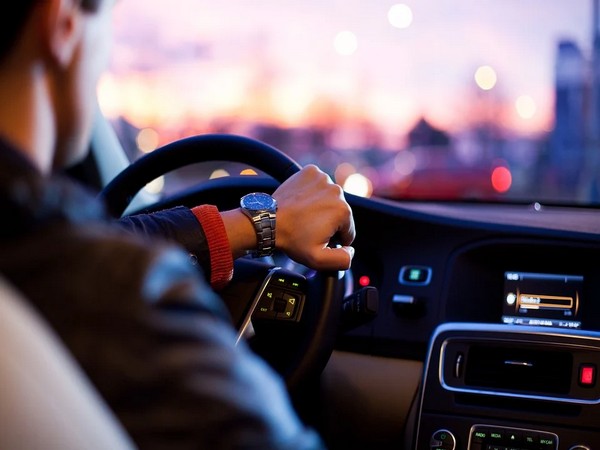
Driving under the influence of alcohol is prohibited in every state. Driving with an alcohol level of 0.08 or more per unit of blood is considered a violation of the law. Signs of impairment due to blood alcohol levels may vary from person to person. A drink or two with dinner is enough to reach the blood alcohol level of 0.08 or more. Warning signs of alcohol intoxication may not appear in some drivers, but that doesn’t make them less dangerous. As alcohol impairs the ability to make decisions and slows the reaction time, even if the person is not showing visible signs of intoxication, they may have impaired driving skills.
Efforts to reduce drunk driving
An average of 28 people die each day in drunk driving accidents, according to a study on drunk driving data by the center for disease control and prevention. “To reduce drunk driving, a lot of effort is made by law enforcement agencies to bring awareness about hazards of driving drunk. This includes educating people, driving campaigns, and regular surveillance," comments personal injury lawyer David Benowitz.
Role of law enforcement in controlling drunk driving accidents
Police officers patrolling the roadways check on drivers suspected of driving drunk. They may pull over the suspected driver to assess the driver's condition. This includes sobriety tests that examine speaking and coordinating impairments. Additionally, a breathalyzer test is also used to determine blood alcohol levels. Suppose a driver is repeatedly found guilty of driving under intoxication (DUI) or driving with intoxication (DWI) laws. In that case, the driver is considered a habitual drunk driver and charged accordingly. The fines increase with repeated violations, and higher penalties are imposed with higher blood alcohol concentrations (BAC). For regular drunken drivers, an ignition control system may be installed in their vehicle. This system will check the diver's blood alcohol concentration (BAC) and allow the engine to start only if the BAC is within normal range. States can also restrict their range and limit their time to drive only during the daytime.
Role of ride-sharing services in reduction of drunk-driving accidents
Uber and Lyft are two popular ridesharing services that were launched in2012. In these services, an app is installed in the cell phones, and people use them to request a ride, and a rider from the ridesharing service is dispatched to the location. According to some studies based on ridesharing services and drunk driving, there has been a minor decrease in DUI/DWI accidents. One study found that New York experienced a 10 percent decrease in alcohol-related accidents since introducing rideshare services compared to locations where these services don't exist. This varies from city to city; some showed a significant decline, while some showed little or no improvement. In cities where people already used public transport, ridesharing services showed no considerable decrease in DUI/DWI accidents. This is because people were already used to using public transport rather than driving drunk. Although the results of using ridesharing services are promising, it still needs to be determined whether better acceptance of these services and modern technologies will reduce the number and severity of driving under the influence and driving with intoxication-related accidents. More research on this topic that provides better conclusive results is also imperative to come up with a final verdict.






